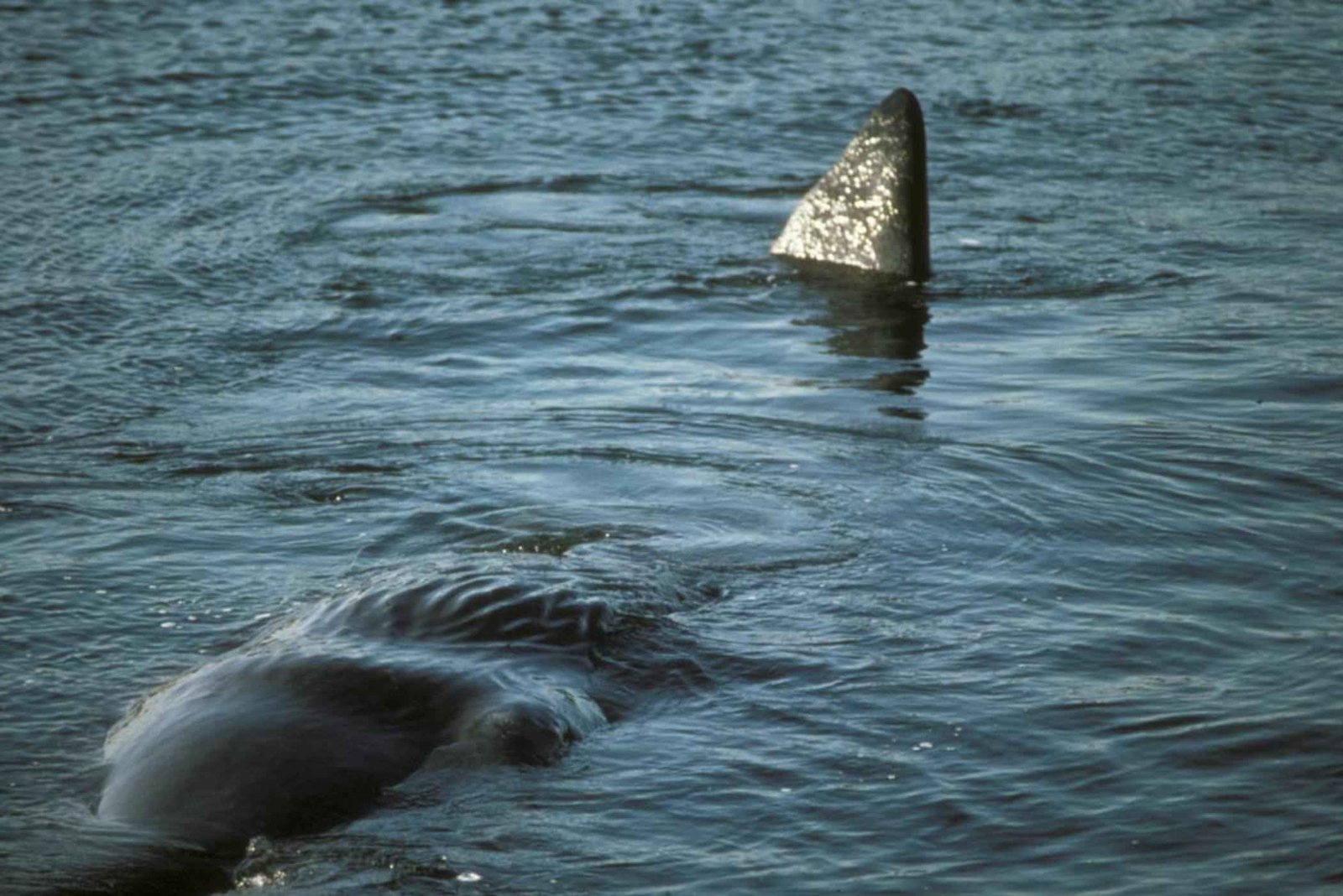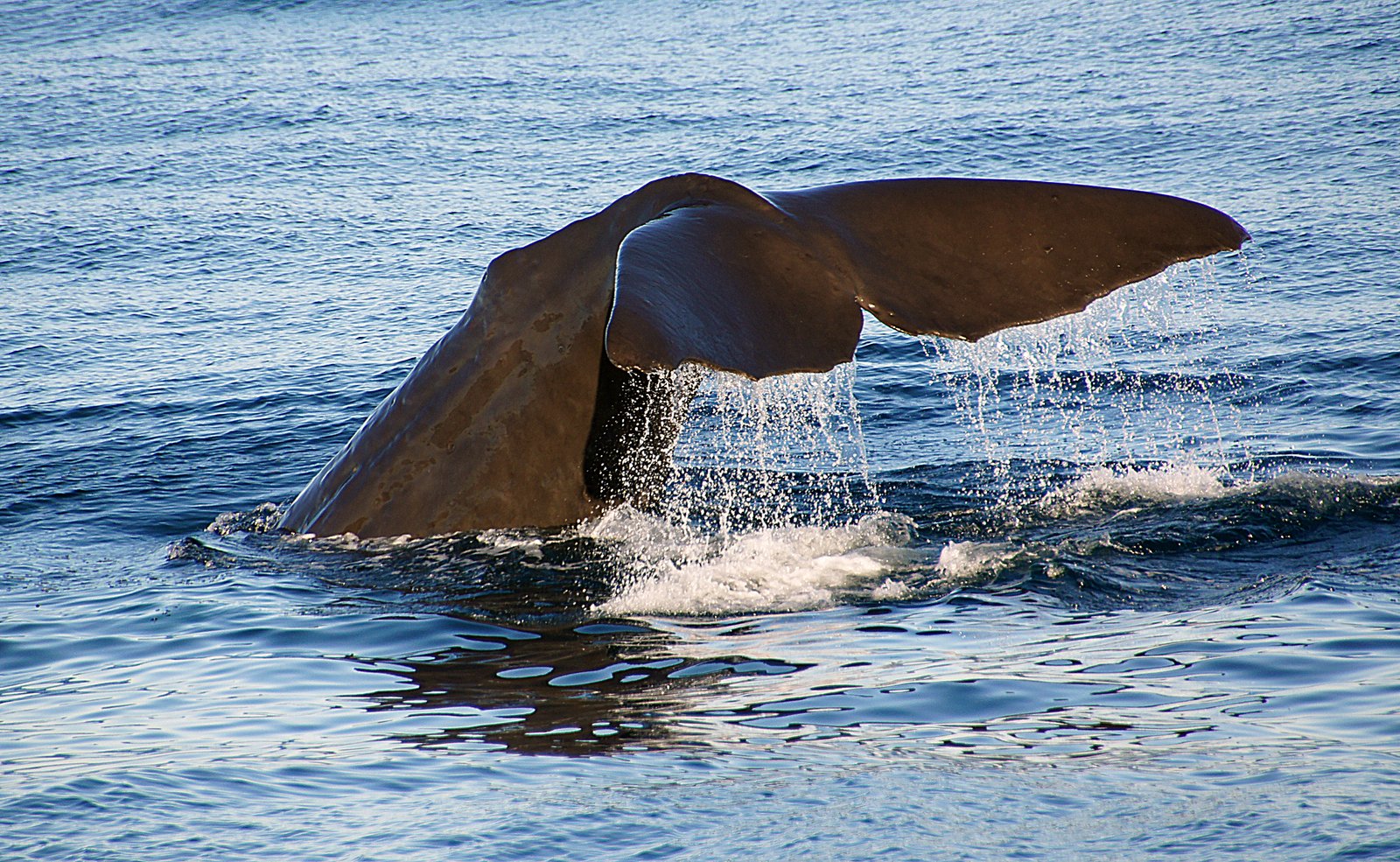Imagine a world where language is not spoken but pulsed through the ocean in bursts of sound, a realm where families are bound not just by blood but by the rhythm of their conversations. Deep beneath the waves, sperm whales communicate using a mysterious code of clicks, a language so unique that each clan has its own accent, its own dialect, and its own story. This is not just animal chatter; it’s a symphony of identity, connection, and survival. The enigmatic language of the sperm whale is captivating scientists and nature lovers alike, revealing a world of complexity and emotion that challenges everything we thought we knew about animal communication.
The Astonishing World of Sperm Whale Communication
Sperm whales, the largest toothed predators on Earth, are known for their deep dives and dramatic presence in the ocean. But what truly sets them apart is their remarkable ability to communicate using patterns of intense, rapid clicks called “codas.” These sounds can travel vast distances underwater, echoing through the dark, silent depths. Unlike the songs of humpback whales, which are melodic and haunting, sperm whale clicks are sharp, staccato bursts that seem almost mechanical. Yet, within these patterns lies a sophisticated language—one that is only beginning to be understood by scientists. The intricacy of their codas suggests a level of intelligence and social complexity that rivals the most advanced animal societies.
Codas: More Than Just Noise
The click patterns, or codas, produced by sperm whales are not random. Each series of clicks is carefully structured, with specific rhythms and repetitions. These codas function much like words or phrases in human language. For example, a “1+1+3” coda consists of one click, a pause, another click, another pause, and then three rapid clicks. Researchers believe these patterns convey information about the whale’s identity, mood, and even intentions. The codas are a vital tool for maintaining social bonds and coordinating group activities, such as hunting or caring for young. What might sound like simple clicking to our ears is, in reality, a rich and expressive form of communication.
Clans: The Social Fabric of Sperm Whales
Sperm whales live in highly organized groups known as clans, and each clan is defined by its unique set of codas. These clans are not merely family units; they are vast, matrilineal societies that can span thousands of kilometers across the ocean. Members of the same clan recognize each other’s click patterns, forming a tight-knit community with shared traditions and behaviors. These clans even display distinct cultural traits, such as different ways of hunting or caring for calves. The bond within a clan is so strong that members will defend each other against threats, mourn lost companions, and teach young whales the specific codas and customs of their group. The clan’s unique click patterns are a badge of identity, a way of saying, “This is who we are.”
How Scientists Decode the Language of Clicks

Unlocking the secrets of sperm whale communication has required a blend of technology, patience, and ingenuity. Researchers use underwater microphones called hydrophones to record the whales’ clicks. These recordings are then analyzed using computer algorithms that can identify subtle differences in rhythm, tempo, and spacing. By comparing codas from different groups of whales, scientists have discovered that certain patterns are specific to particular clans. Through painstaking observation and acoustic analysis, researchers are beginning to map out the social networks and cultural boundaries that define sperm whale society. This work is revealing not only how these animals communicate, but also how they pass down knowledge and traditions from generation to generation.
Codas as a Cultural Signature
What makes sperm whale communication truly remarkable is its cultural dimension. Codas are not genetically inherited; they are learned, just like human languages. Calves pick up the unique click patterns of their clan by listening to their mothers and other adults. This process of cultural transmission means that codas can evolve over time, with new patterns emerging and old ones fading away. In some regions, neighboring clans have distinct codas even when they share the same waters, much like human communities with different accents or dialects. The existence of these cultural boundaries challenges the traditional view of animal behavior as purely instinctual, suggesting that sperm whales, too, have rich and evolving cultures.
Why Unique Clan Dialects Matter

The fact that each sperm whale clan speaks its own “language” has important implications for their survival. Clan dialects help individuals recognize friend from foe, maintain group cohesion, and prevent confusion during social interactions. When clans with different codas meet, they may keep their distance, reducing the risk of conflict and allowing each group to maintain its unique identity. In times of danger, such as when threatened by orcas or humans, clan members can quickly coordinate their efforts using their shared code. Clan dialects also play a role in mating, as individuals are more likely to choose partners from their own cultural group, thus preserving the clan’s traditions.
The Emotional Lives of Sperm Whales
Behind the technical details of click patterns lies a story of emotional depth. Sperm whales are known to show profound social bonds and empathy within their clans. When a calf is in distress, the entire clan may gather around, clicking urgently and providing comfort. Whales have been observed staying with injured or sick companions, communicating with gentle bursts of clicks. There is even evidence that clans mourn their dead, lingering near the body of a lost member and producing somber codas. These behaviors suggest that the language of clicks is not only practical but also deeply emotional, allowing whales to express care, grief, and solidarity.
Challenges in Studying Whale Language

Despite impressive technological advances, decoding sperm whale communication remains a daunting challenge. The vastness of the ocean and the whales’ elusive nature make it difficult to gather enough data for comprehensive analysis. Each recording session can yield thousands of clicks, but interpreting their meaning requires careful context and long-term study. Whales often dive to depths of over a thousand meters, where recording equipment cannot always follow. Moreover, the complexity of their language means that subtle variations might have significant implications, demanding an expert ear and advanced software to detect. Researchers must also contend with the ethical responsibility of observing these intelligent creatures without disturbing their natural behavior.
The Importance of Preserving Sperm Whale Culture
The discovery of clan-specific codas highlights the urgent need to protect sperm whale populations and their cultural diversity. Human activities such as shipping, underwater drilling, and noise pollution threaten to disrupt the whales’ communication networks. When a clan is lost or scattered, its unique click patterns and traditions may disappear forever. Conservationists now recognize that preserving sperm whales means safeguarding not only their bodies but also their cultures. Efforts are underway to reduce noise pollution, establish marine protected areas, and promote responsible whale watching. By valuing the cultural richness of sperm whales, we acknowledge their sophistication and our shared responsibility to protect their world.
Lessons from the Deep
The story of sperm whale communication offers a powerful reminder of the complexity and beauty of life in the ocean. These giants of the deep remind us that language and culture are not uniquely human; they are threads that connect many creatures across the planet. The unique click patterns of each clan are a testament to the power of tradition, learning, and community in the animal kingdom. This revelation invites us to look beyond our own species and to appreciate the rich tapestries of communication woven throughout nature. Who could have imagined that the ocean’s most mysterious dwellers would have so much to say, and in such a captivating way?




